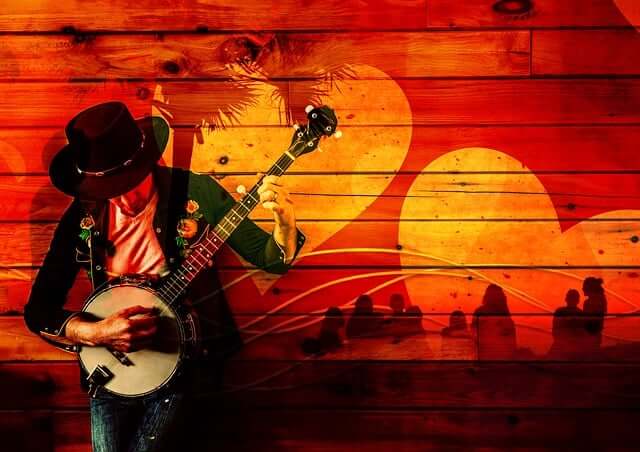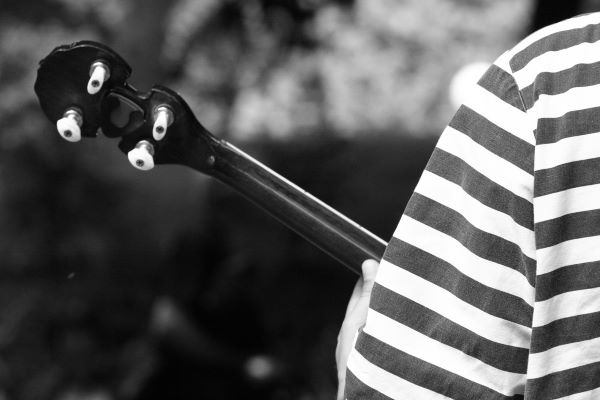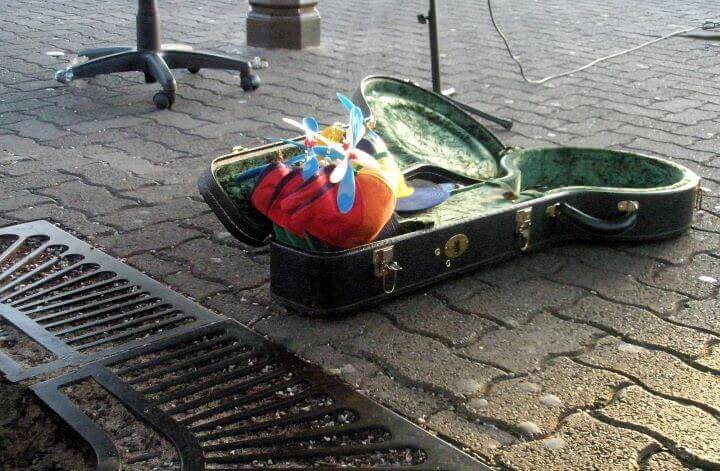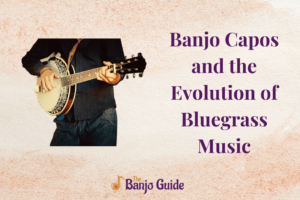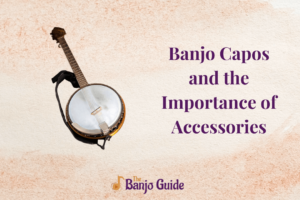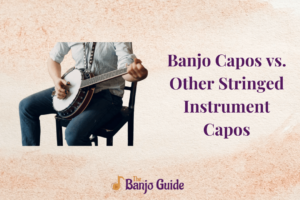The popularity of banjos has been on the highest rise ever. This overnight popularity of banjos has also brought to light many DIY enthusiasts who like to build their banjo from scratch.
To make banjo building comfortable for DIY enthusiasts, many reputed banjo manufacturers have introduced DIY banjo kits. These kits have all the necessary components and tools that you may require to build a professional banjo.
The banjo kits have gained popularity as they are highly convenient and effortless. The manufacturers already do the complicated building processes; thus, the buyer only needs to assemble and adequately fix the given parts to have a good banjo.
The article below attempts to find the best banjo kit brands. It also details the essential features of an ideal DIY banjo kit.
A Comprehensive Analysis of the Top Banjo Kit Brands in the Market
Although many banjo manufacturers provide DIY banjo kits, only a few offer what they claim. So, based on the performance, pros, and cons, the section below identifies the two best banjo kit brands currently available.
Kmise
The Kmise brand is a frontrunner in the banjo kit industry. The highlighting features of their banjo kits are their affordability and easiness of building. Using top materials like walnut, maple, ebony, etc., makes it highly durable.
Pros
- Highly affordable
- Long-lasting construction
- Produces great tone
- Makes banjos with a professional look
- Makes beginner-friendly banjos
Cons
- The quality of the strings is a bit compromising.
- Most models don’t have an armrest.
AKLOT Banjo
The AKLOT Banjo brand is famous for its banjo kit collection that suits beginners and professionals. They maintain a wide variety, including options based on the number of strings, closed or open back, etc. The AKLOT banjo kits are pretty straightforward to assemble and are reasonably priced.
Pros
- High durability
- Creates a bright tone
- Top-rated Tiger Maple wood is the chief building material.
- Very easy to build
Cons
- Creates banjos that are relatively heavier
- It creates relatively sharper fret edges.
The Pros and Cons of Building Your Own Banjo from A Kit
Building a banjo from a kit is considered one of the most thrilling projects for a music enthusiast. But it is essential to understand this DIY project’s pros and cons before proceeding with it. The major pros and cons of building your banjo from a kit are below.
Pros
- Banjo kits are much cheaper than a pre-made banjo.
- The complicated banjo-building processes would already be handled in the kit. The user only has to correctly assemble and fix the parts.
- Only essential tools and skills are needed to use a banjo kit.
- Building a banjo from a kit is not a highly time-consuming project.
- The options to customize and make the banjo unique are immense with a banjo kit.
- For experienced banjo players, a banjo kit is a chance to better understand a banjo’s hardware and upgrade and experiment with the parts.
- A banjo kit is the best cost-effective option for beginners.
Cons
- Chances are high for the banjo kit assembling to go wrong, depending on the user’s skill
- Working with a banjo kit requires a basic familiarisation with craft and construction.
- Second-hand banjos of better quality are available than basic banjo kits.
- The resale value of a kit banjo is relatively quite low.
From Budget to Premium: A Breakdown of Banjo Kit Prices and Features
Banjo kit features and pricing vary significantly based on the banjo type, quality, brand, and many more aspects. Generally, beginner-friendly banjo kits that create smaller-sized and low-quality banjos are available from USD20 onwards.
Most e-commerce websites offer banjo kits from USD20 onwards, including the shipping charge. But these are basic banjos that may not last very long and may not produce the most appealing tone. For beginners and for people who are simply experimenting, these basic DIY kits are the best options.
Banjo kits are available around a price range of USD500 too. These are top-rated banjo kits that are capable of producing professional quality banjos. These premium kits contain spare parts, cases, tuners, and other complimentary accessories.
The high-priced kits also offer high durability and can last a long time. Professional banjo players can upgrade and customize these kits to make a unique banjo for them.
Banjo Kit Buying Guide: Factors to Consider for Best Value and Quality
While purchasing a banjo kit, especially if you are a beginner, it is crucial to look for certain basic features. Some of those basic or essential features are mentioned below.
1. Open Back Banjos or Closed Back Banjos
Banjo kits are available for both open-back and closed-back banjos. Open-back banjos produce relatively softer sounds, whereas closed-back banjos are ideal for creating loud music. So, depending on the liking and requirement of the buyer, an open-back or closed-back banjo kit should be chosen.
2. Number of Strings
Depending on the number of strings, banjo kits are available in 5-string, 4-string, and 6-string versions. Each of these versions suits a specific style of music. While a 4-string banjo is most suitable for jazz music, a 5-string banjo is good for playing bluegrass. So based on the type of music you want to play, you should choose the banjo kit.
3. String Material
The tone and type of music a banjo produces vary significantly based on the string’s material. So, checking the string material in the banjo kit you buy is essential. Strings made of various materials like stainless steel, nickel-plated steel, phosphor bronze, nylon, etc., are available.
4. Banjo Material
Although most banjo kits feature wood as the body material, the quality differs based on the wood used. Each tree wood is capable of producing a distinct tone. Maple wood produces a bright tone, while mahogany produces a rich sound. Walnut wood sounds a bit more muted than maple wood.
5. Left Handed vs Right Handed
The alignment and assembly of a banjo vary based on whether the player plays it with the right or left hand. So, you should crosscheck the alignment with your playing hand while buying a banjo kit. You must make sure to buy a banjo kit that creates a banjo that fits your playing hand.
Summary
Banjo kits are popular among DIY enthusiasts and help make banjos independently. Banjo kits contain all the essential parts and components needed to make a banjo, along with the essential tools for the assembling process.
A couple of top-rated banjo kit manufacturers, like AKLOT and Kmise, currently provide the highest quality banjo kits. But rather than blindly trusting brands, it is essential to look for features like the material, number of strings, construction, complimentary accessories, etc., before purchasing a DIY banjo kit.
FAQs
1. How can you verify the quality of a banjo?
A good quality banjo would be highly durable yet feel light on the player’s hand. So, material and construction are crucial factors. It should be lightweight enough not to tire out the player but strong enough to provide maximum durability. Also, the construction should be high quality to make the playing smoother and more natural.
2. What is a good banjo kit?
A good banjo kit should have all the elements and tools required to build a quality banjo. The banjo parts should be crafted with high quality and attention to detail. Also, it is ideal for a good banjo kit to have an extra set of strings, banjo straps, tuners, a protective case, etc.

